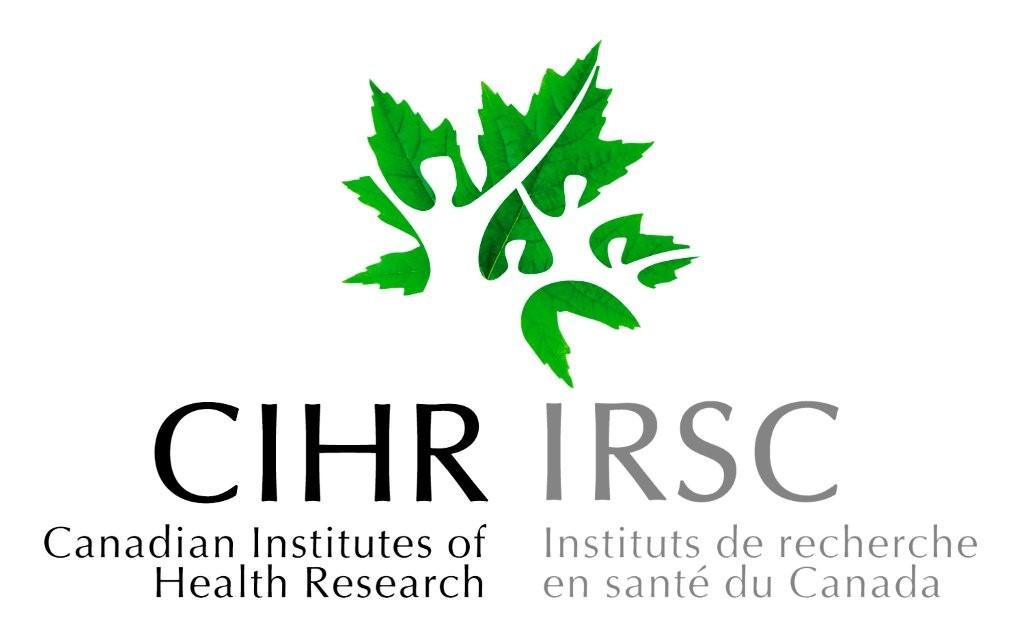Chaperonins are a diverse family of molecular chaperones that are present in the plastids, mitochondria, and cytoplasm of eukaryotes, bacteria and archaea. The family is divided into group I (CPN60, also known as Hsp60 or GroEL, found in bacteria, some archaea, mitochondria and plastids) and group II (CCT, TriC or thermosome, found in archaea and the eukaryotic cytoplasm).
Chaperonin sequences are useful for phylogenetic studies and have been widely exploited in studies of prokaryotic and eukaryotic evolution. Group I chaperonin sequences have also been employed as targets for detection and identification of organisms since a 549-567 bp segment of the cpn60 coding region, the "universal target", can be amplified with universal PCR primers.
A universal amplification system has been developed for the archaeal thermosome, based on primers that target an approximately 700 bp segment of the coding region.
The sequence data included in cpnDB is collected from public databases or generated by a network of collaborators exploiting the cpn60 target in clinical, phylogenetic and microbial ecology studies. The goal of the cpnDB project is to provide a manually curated, taxonomically broad collection of chaperonin sequences.
cpnDB is built and maintained with open source tools. Support for the continuing development and curation of cpnDB is provided by:


